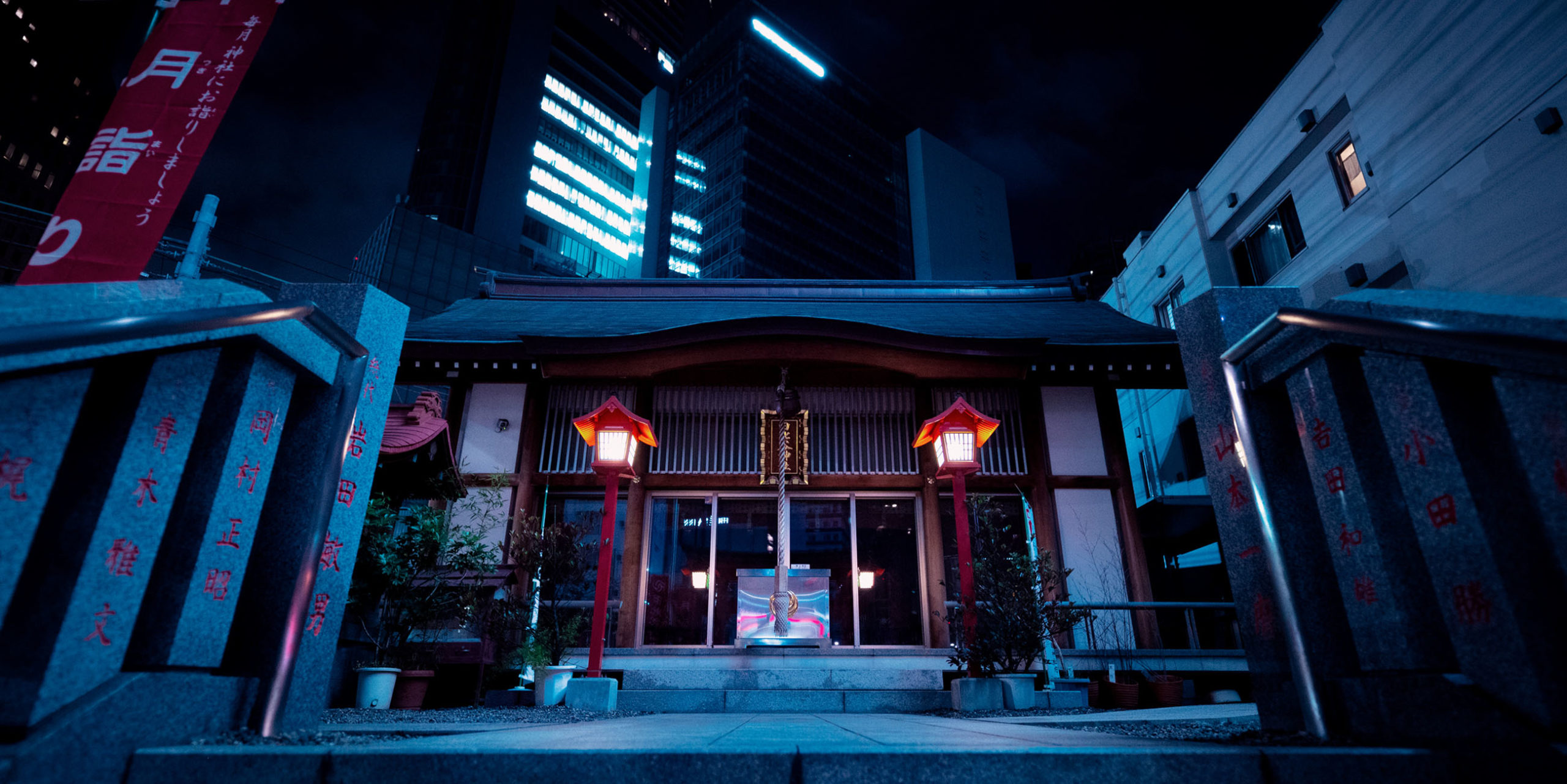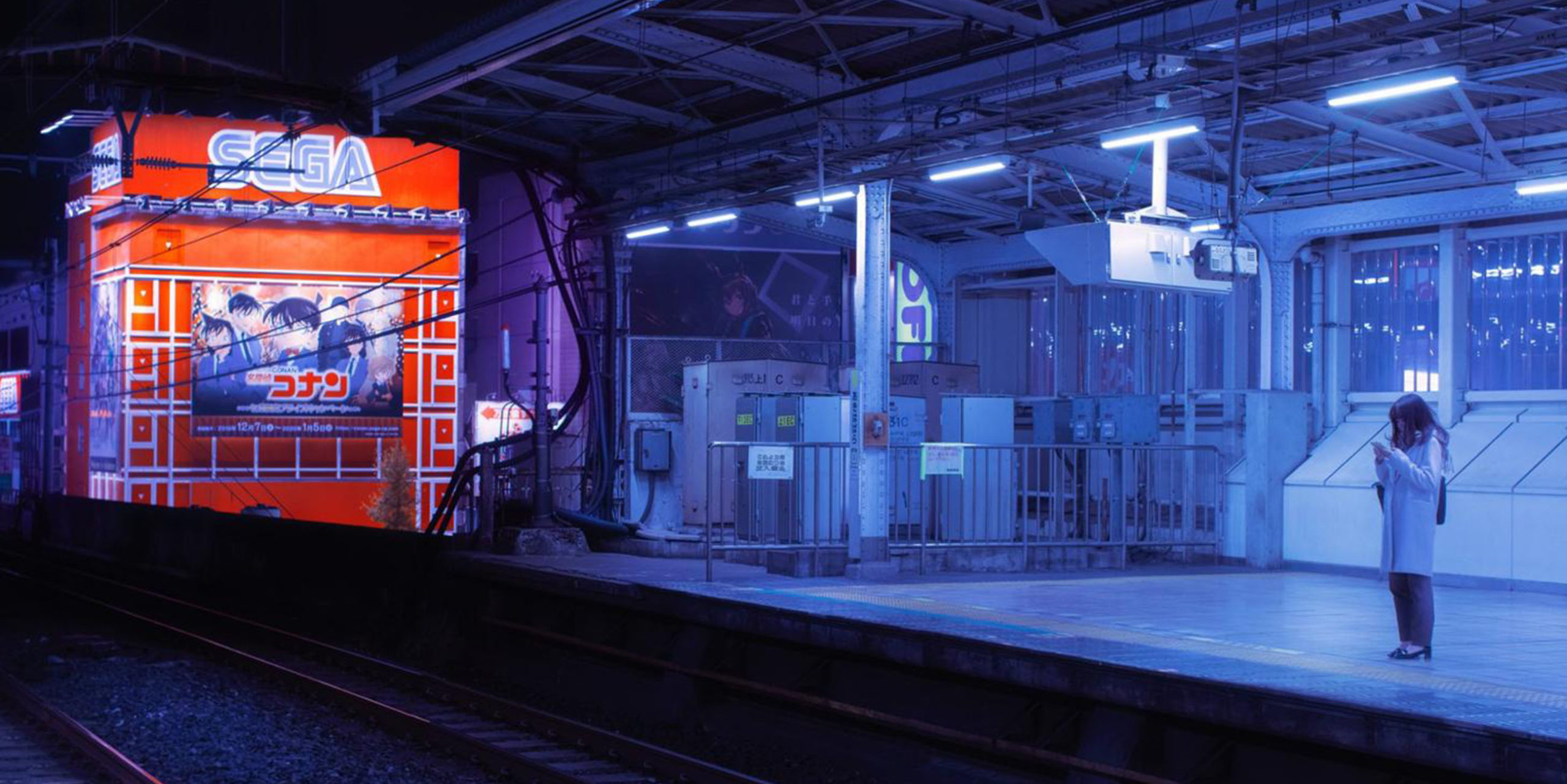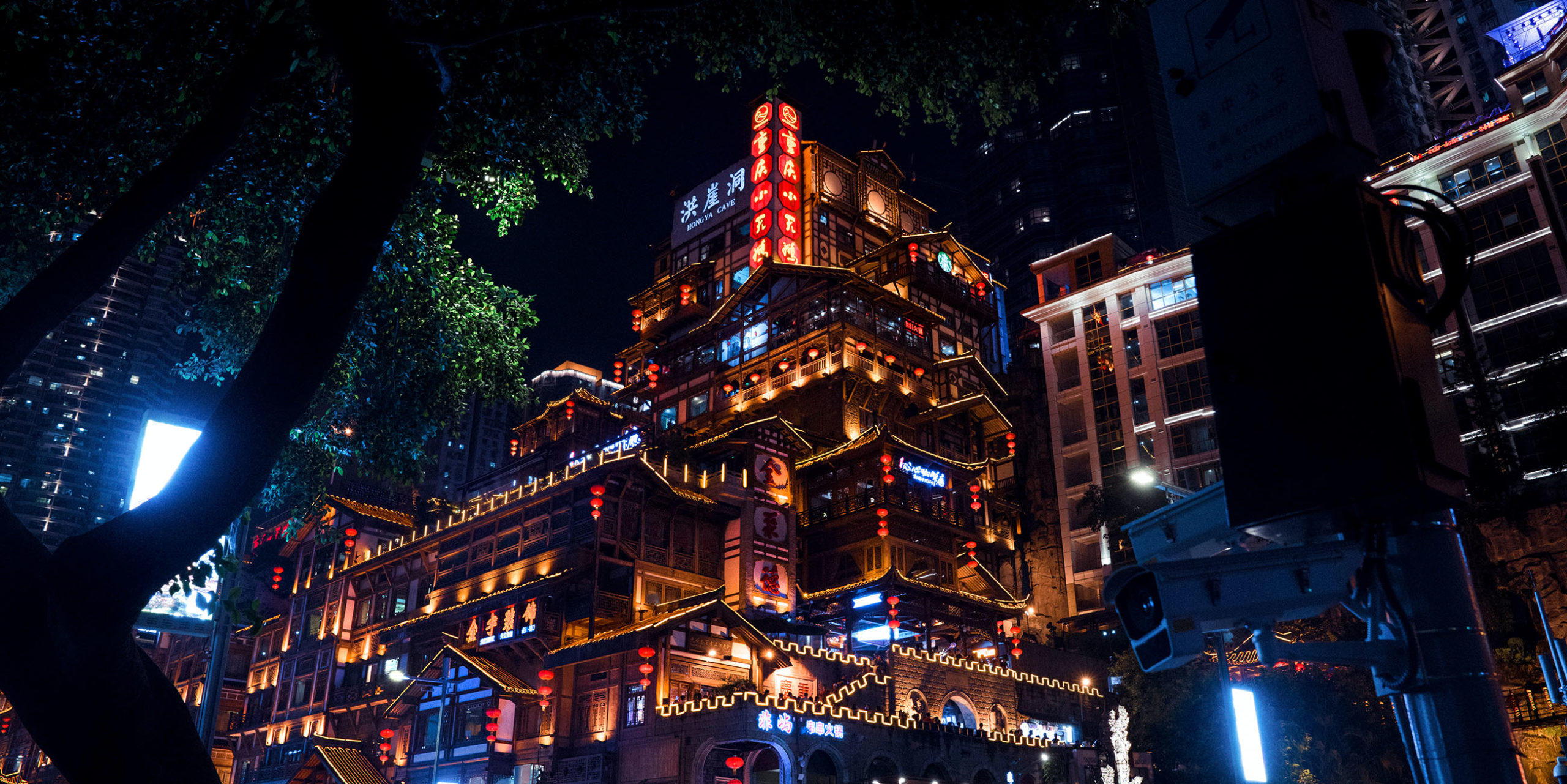“These are real moments isolated and framed with cinematic intent,” he says
Liam Wong is a true multi-hyphenate. Before his career in photography, he was included in Forbes’ ‘30 Under 30’ list, for his work as Art Director at Ubisoft, where he worked on video game direction for titles such as Far Cry and Crysis.
“When I was working at Ubisoft, I picked up photography as a way to learn more about graphic design, color and composition,” says Wong, explaining how this helped him develop a distinct style. “It became a fun project of mine to develop a style for my photography using components from video game style guides – color, content and composition – which make something identifiable.”
Wong’s first foray into photography began in 2015 when he toured Tokyo at night. The combination of ultra-intoxicating neon, rain and the spiritual sensation of solitude culminated in his first book, 2019’s TO:KY:OO, which broke UK crowdfunding records, raising over £140,000 – more than four times the target.
“I find that after midnight, time and people move differently,” says Wong, describing why all of his photography takes place, literally, after dark – the name of his new book. After Dark sees Wong expand his post-dusk photography away from Tokyo and into the evening’s grip of other cities like Seoul, Chongqing, Hong Kong and his hometown Edinburgh.
The stark difference between giant metropolises and the comparatively quaint and familiar Edinburgh was initially difficult to work with. “That changed when I witnessed Edinburgh in the fog. Cycling through [the city] at 4am was both beautiful and eerie, when all you can make out through the fog are the silhouettes of architecture and monuments. It genuinely felt like stepping into the past and I have never experienced that feeling in other cities.”
The cities which make up the bulk of the book have different characters. Chongqing and Seoul are comparatively dark when considered next to Tokyo’s light drenched streets, and Hong Kong distinct in its “verticality and density”. The older areas of the city such as Mong Kok reminded him of the anime Ghost in The Shell (1995). Seeing the street through a cinematic lens has resulted in Wong’s signature style, in which raw photographs become a canvas for an alternative reality, where tweaks and touch-ups can channel emotion in surreal and intimate ways.
Even Wong’s creative process is influenced by video games. “Whenever I am visiting a new city I go straight on Google Maps and find key landmarks, architecture and points of interest, dropping pins like objectives on a map. I go by foot and explore interesting alleyways, iconic structures and backdrops with a vista. I plot them out and visit as many as I can in the hours after dusk and before dawn.”
Despite the surreal colour compositions, Wong’s images are hyper-real. The moments he captures are solitary and simple, but in this, there’s a touch of the sublime, a grasp of the beauty that exists in everyday moments: “Two birds huddled together sharing the warmth of a neon sign; a couple sharing an umbrella during a typhoon as they take shelter under a neofuturistic structure; an elderly woman walking down several flights of stairs balancing baskets of goods on a bamboo carrying pole. These are real moments isolated and framed with cinematic intent.”
After Dark by Liam Wong will be released summer 2022 and is currently available to pre-order.



